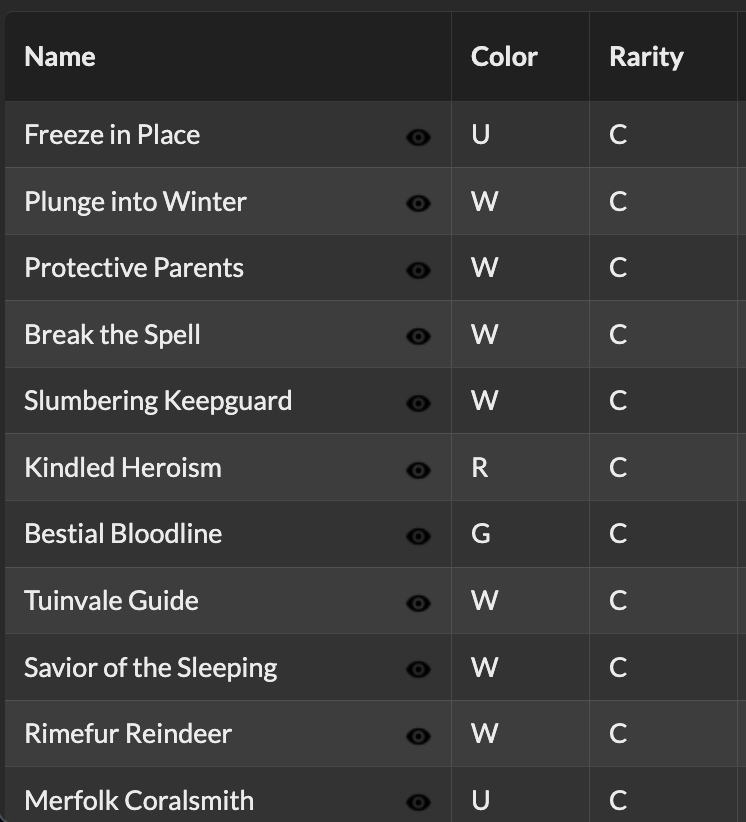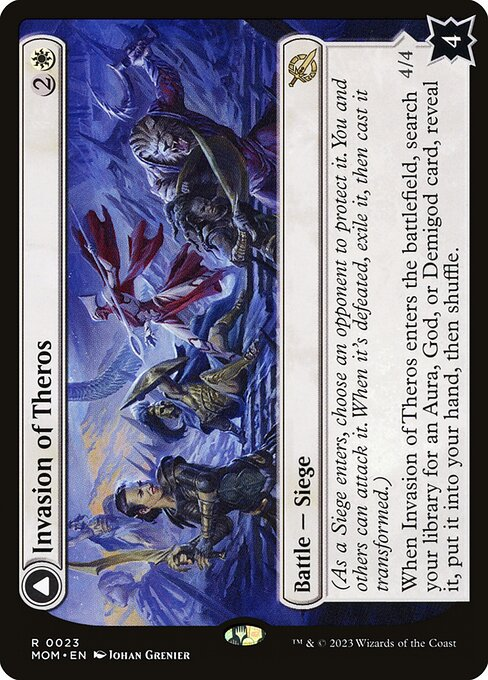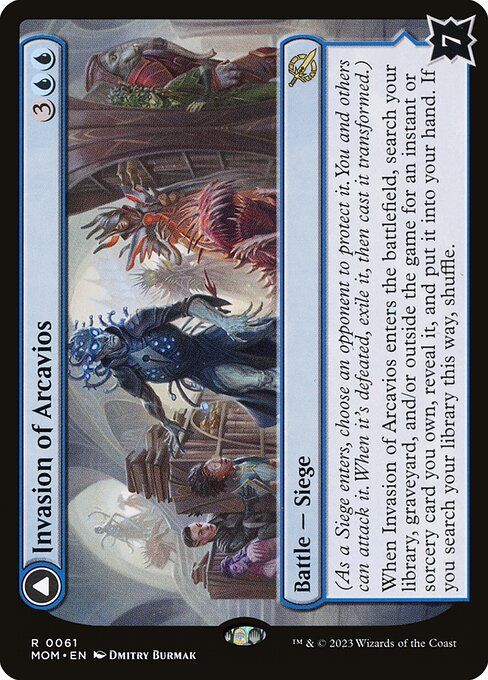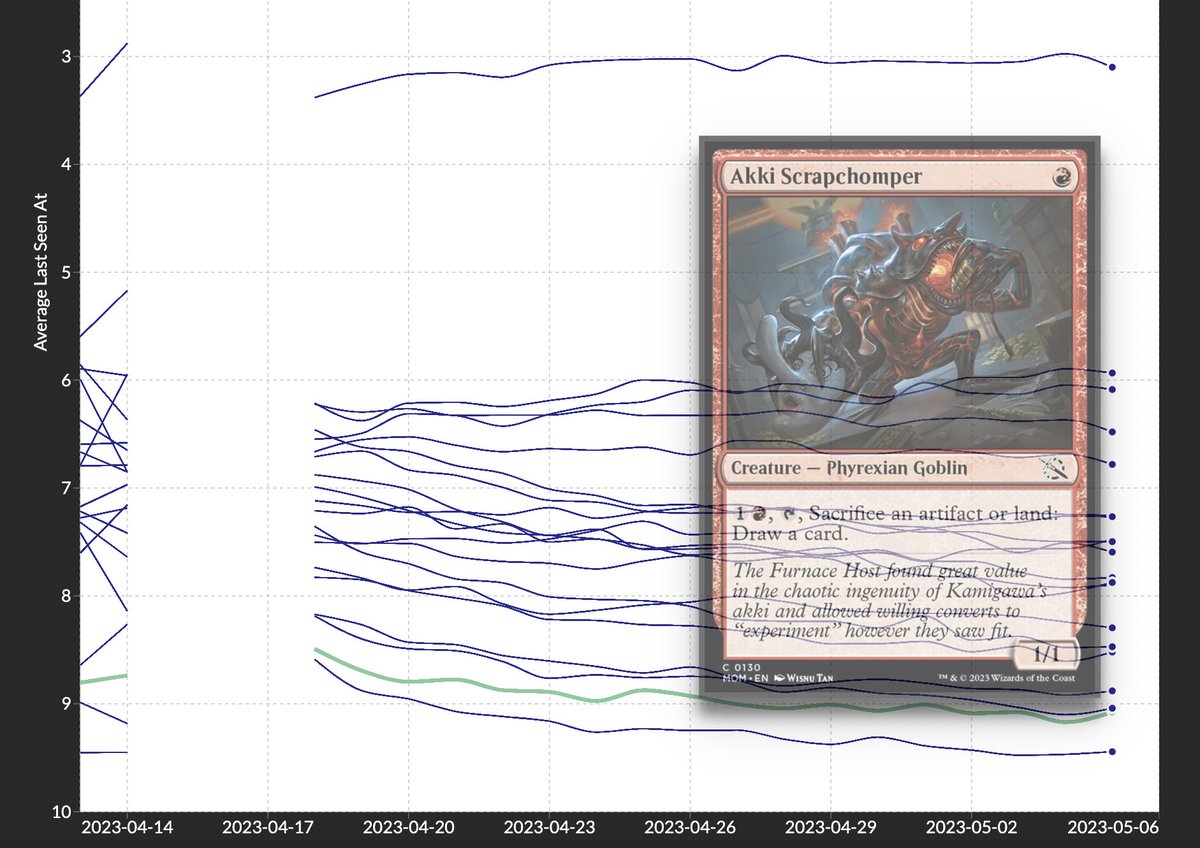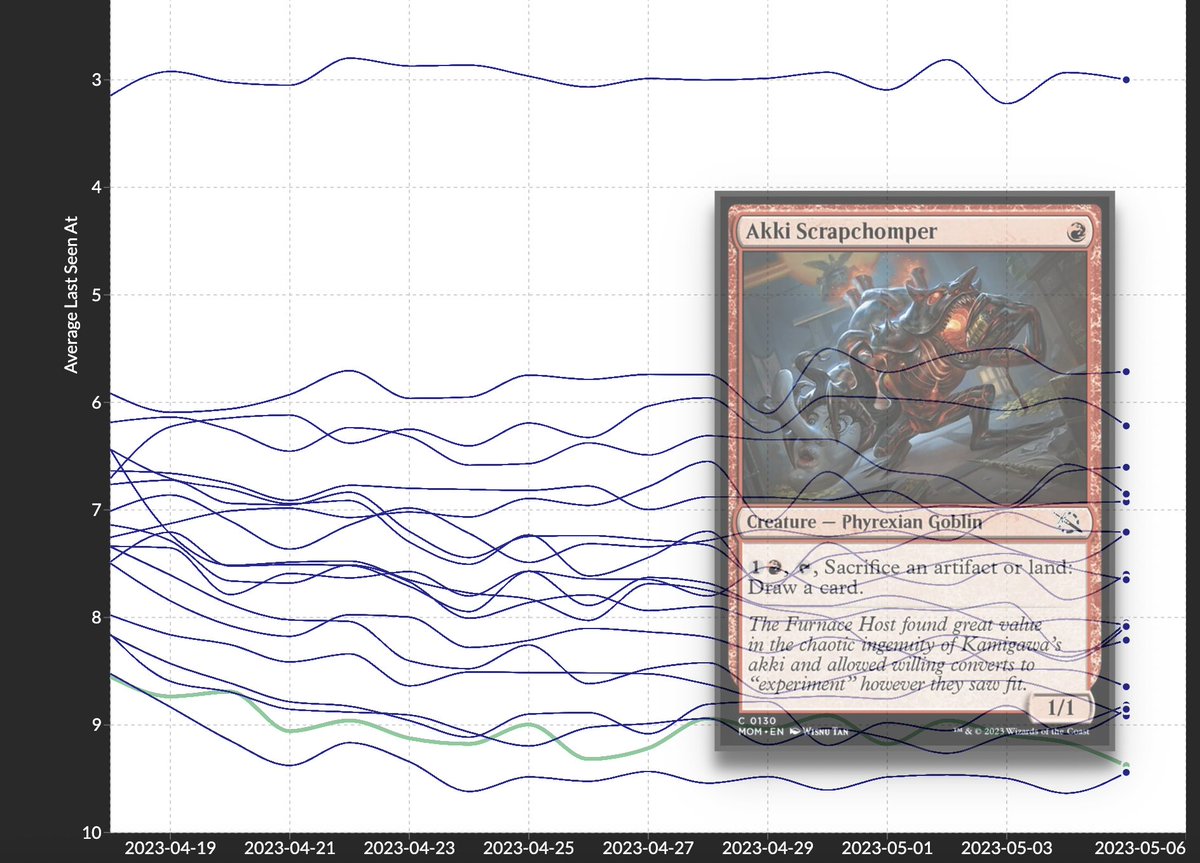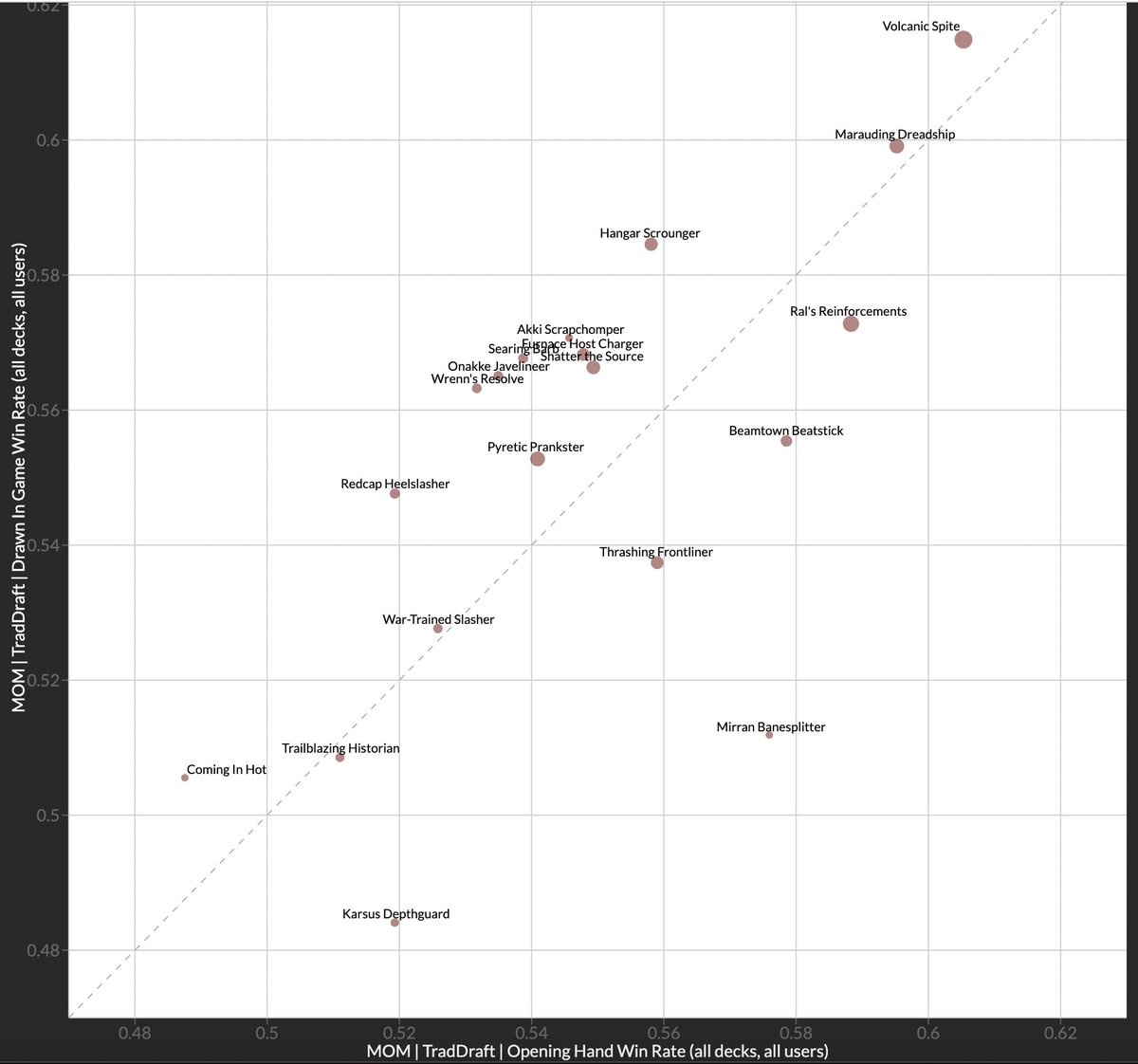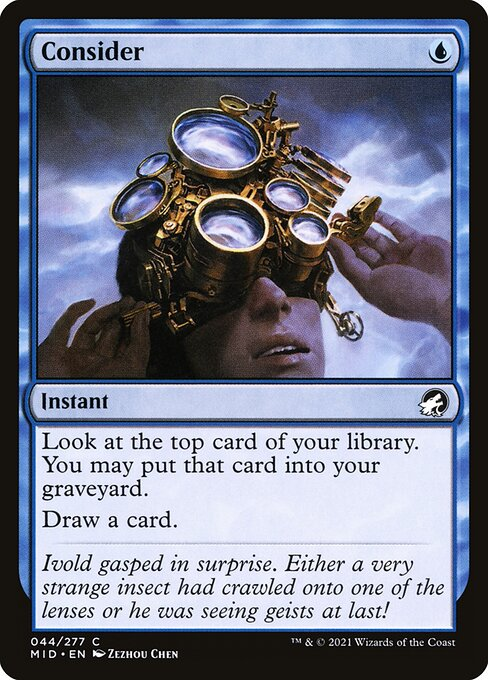I'm skipping Symmetry Sage again (I promise I'll get to it) to talk about Divine Gambit today. 7.66 ALSA, taken just above Defend the Campus, making it the second-least-drafted Mystical Archive card in Bo3 (Claim the Firstborn is the least). 1/x 

I suspect this one being so low is partly due to its context in other formats. Not only was it not great in KHM, it was also ridiculed a lot for being another example of Wizards printing bad white cards, as it's even worse in constructed and Commander: 2/x
Part of what made it mediocre in KHM was the existence of Ravenous Lindwurm at common, paired with most white decks being aggressive. I actually liked it more than most, as I drafted many midrangey green white decks, but it was still mostly a 23rd card in my decks. 3/x 



However, as is a recurring theme in these threads, context matters a lot. Creature density is much lower than usual, with Summonings and other token-makers replacing creatures. There are a lot of decks with <10 creatures, and even aggressive decks have a lot of spells. 4/x 







This is especially true for large creatures, which is especially important for Gambit. There are only 6 creatures with MV>5 (compared to 12 in KHM); Cogwork Archivist is the only one at common. It's very unlikely for Gambit to give up much tempo, even in the mid-game. 5/x 





Another factor that makes Gambit better is the suite of hand disruption in black. Humiliate, Agonizing Remorse, Duress, Inquisition of Kozilek, and Elite Spellbinder all help you check to see if the way is clear for Gambit, and some of them even help clear the way. 6/x 







Plus, learn/lesson being the main form of card advantage means that a large fraction of extra cards drawn in games will be face-up lessons, making it all the more easy to judge when it's best to cast Gambit. 7/x 

And finally, even though white is the most aggressive color in this format, its aggression comes mostly in the form of fliers. If you exile your opponent's only flying blocker, you don't care if they put in a 3/3. Plus, even the white decks often want tools to grind. 8/x
So where does all of this leave Gambit? I consider it white's second best removal spell, a bit behind Rise but clearly ahead of Expel. Comparing with other colors, I'd put it somewhere between Mage Duel and Onslaught: basically unconditional, but not for the early game. 9/x 







Conclusion: don't let Divine Gambit's performance in Commander, Constructed, or even KHM color your judgement of it in STX. The context of the set makes Gambit a very good, almost unconditional removal spell that I'd play even in most of my aggressive white decks. 10/10
Since I play Gambit in basically all my white decks, I've picked out some of my most aggressive trophies with Gambit in them as examples:
17lands.com/deck/aebb4d5c5…
17lands.com/deck/32f4c28eb…
17lands.com/deck/a4c167f19…
17lands.com/deck/aebb4d5c5…
17lands.com/deck/32f4c28eb…
17lands.com/deck/a4c167f19…
@threadreaderapp unroll
• • •
Missing some Tweet in this thread? You can try to
force a refresh





